Sacred Valley (Urubamba Valley) - Peru
This fertile valley near Cusco is irrigated by the Urubamba River.
The Chanapata civilization first utilized this area starting at around 800 BCE because of the rich soil used for agriculture.
The Qotacalla civilization lived in the Sacred Valley from 500 to 900 CE.
The Killke civilization then lived in the Sacred Valley from 900 CE until the Incan Empire took over the region in 1420.
The Incan Empire ruled this area until the arrival of the Spanish.
The attraction of the Sacred Valley to the Inca, in addition to its proximity to Cuzco,
was probably that it was lower in elevation and therefore warmer than any other nearby area.
The lower elevation permitted maize to be grown in the Sacred Valley.
Maize was a prestige crop for the Incas, especially to make chicha, a fermented maize drink the Incas
and their subjects consumed in large quantities at their many ceremonial feasts and religious festivals.
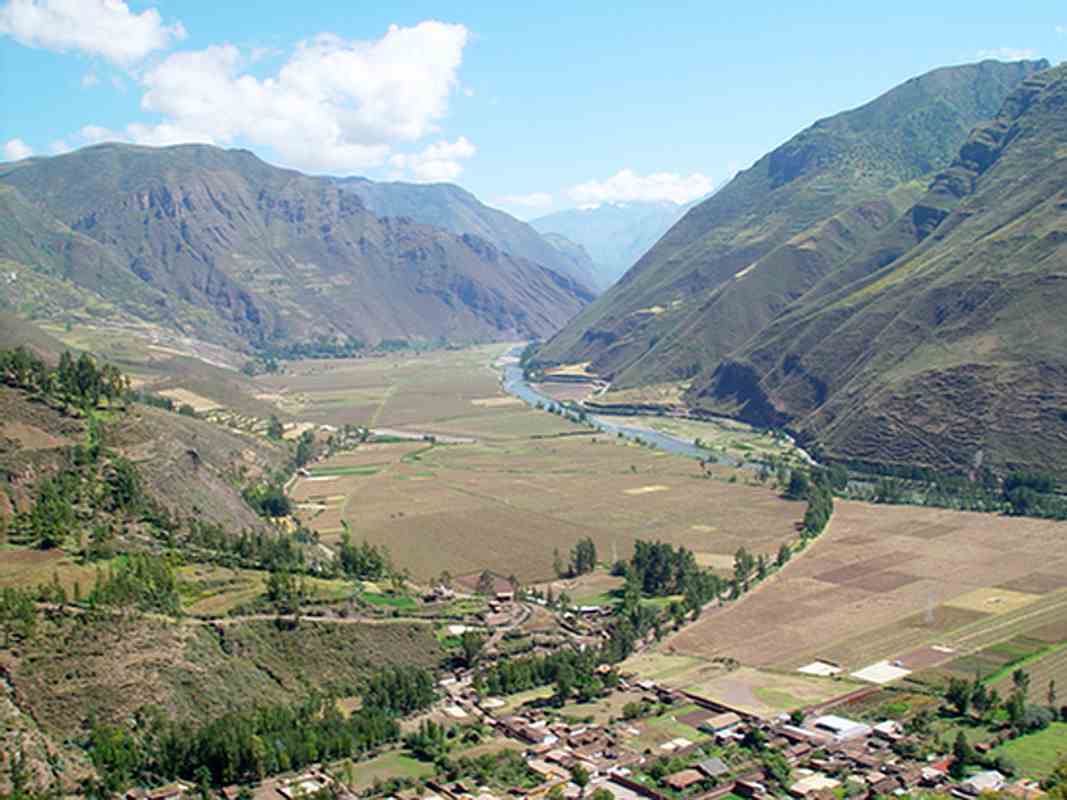
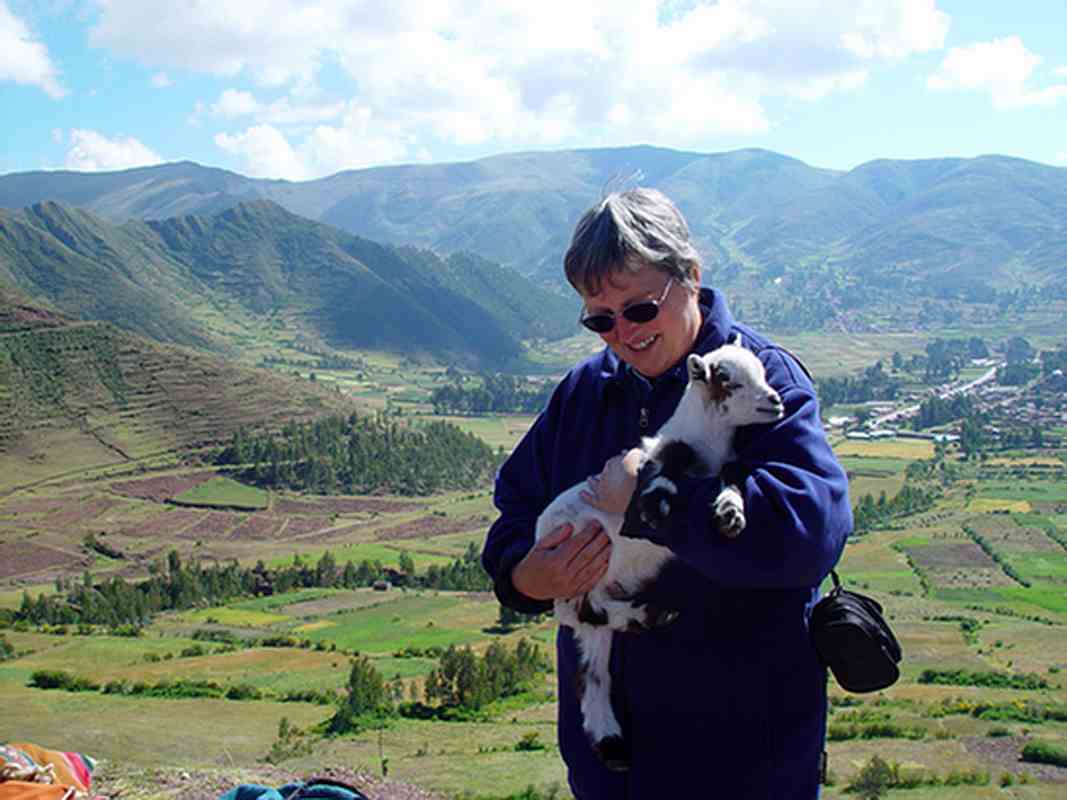
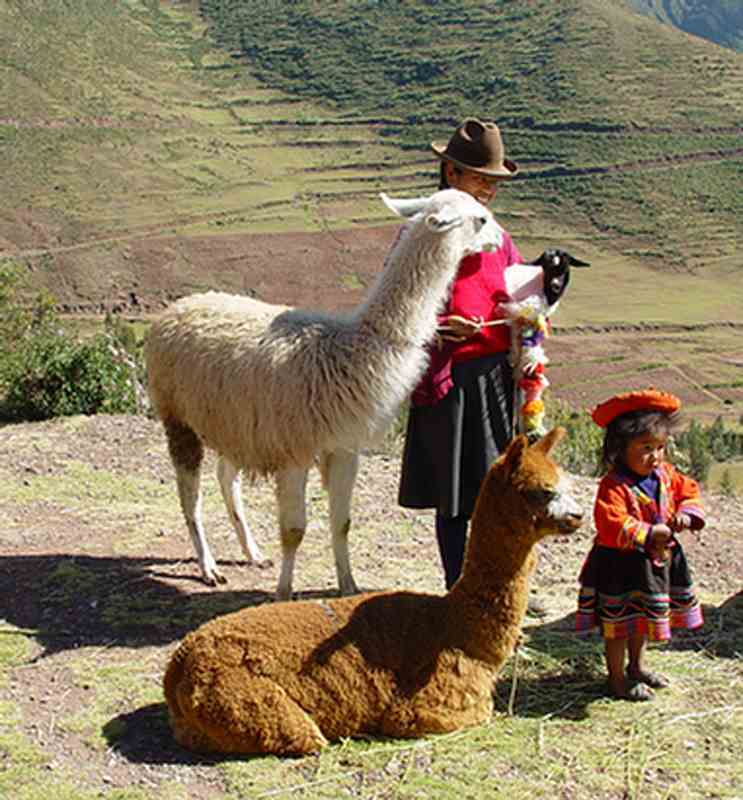

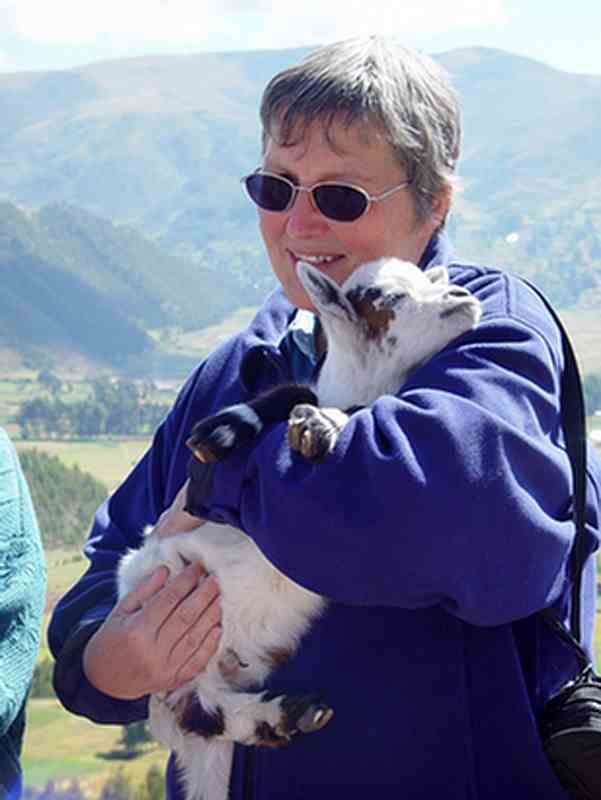
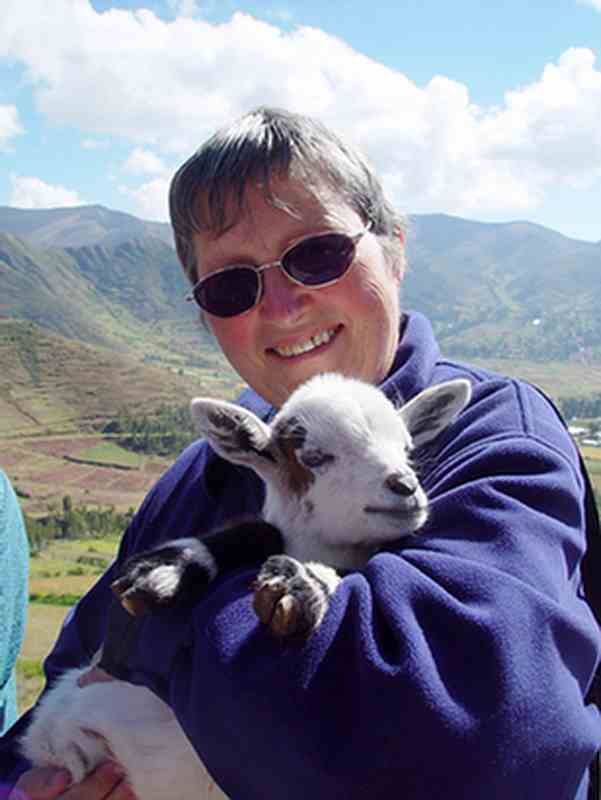
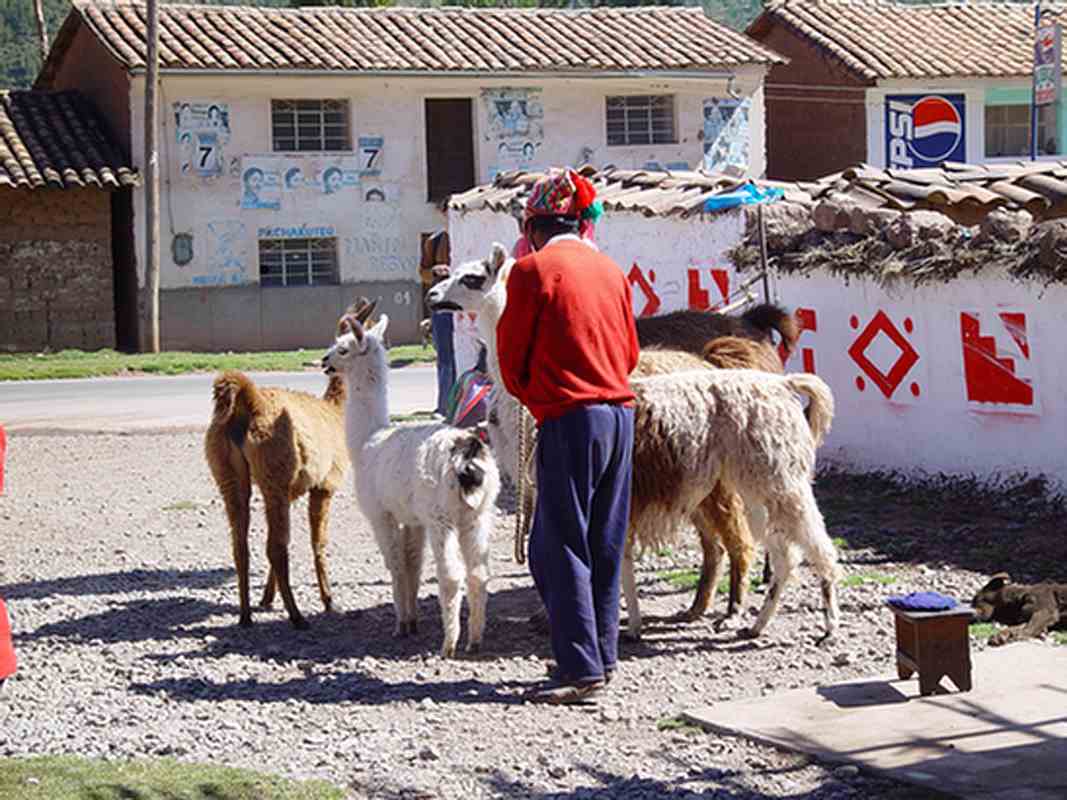
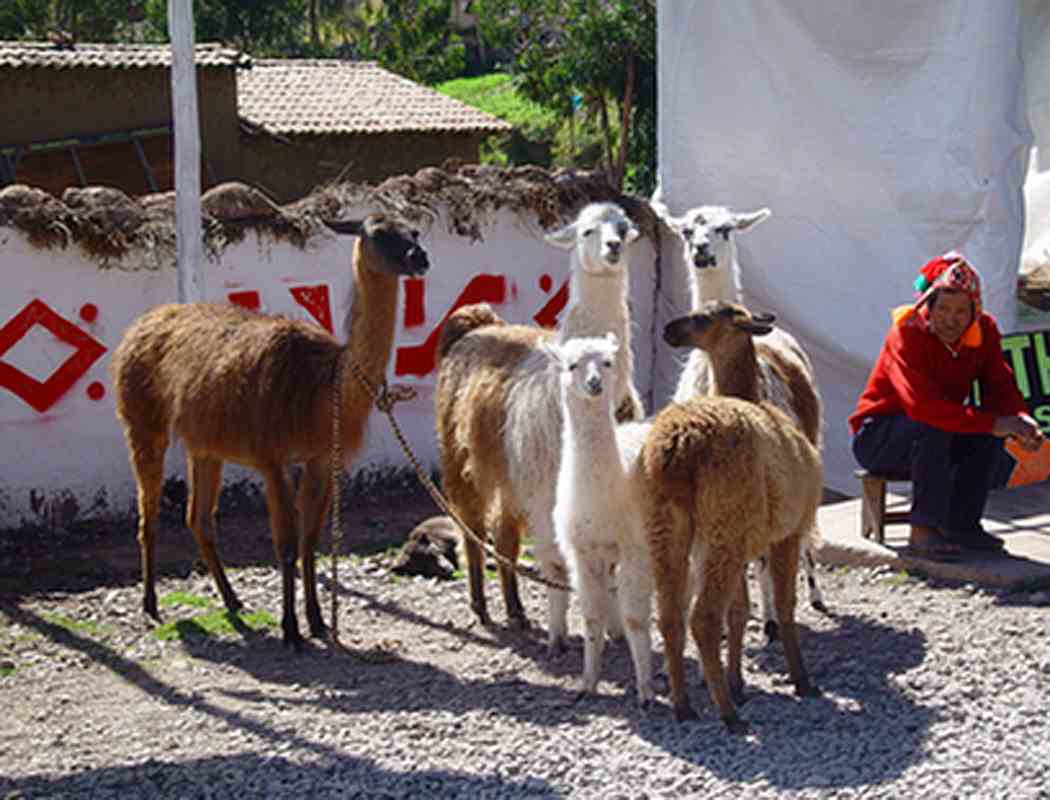
Corn drying in the Sacred Valley
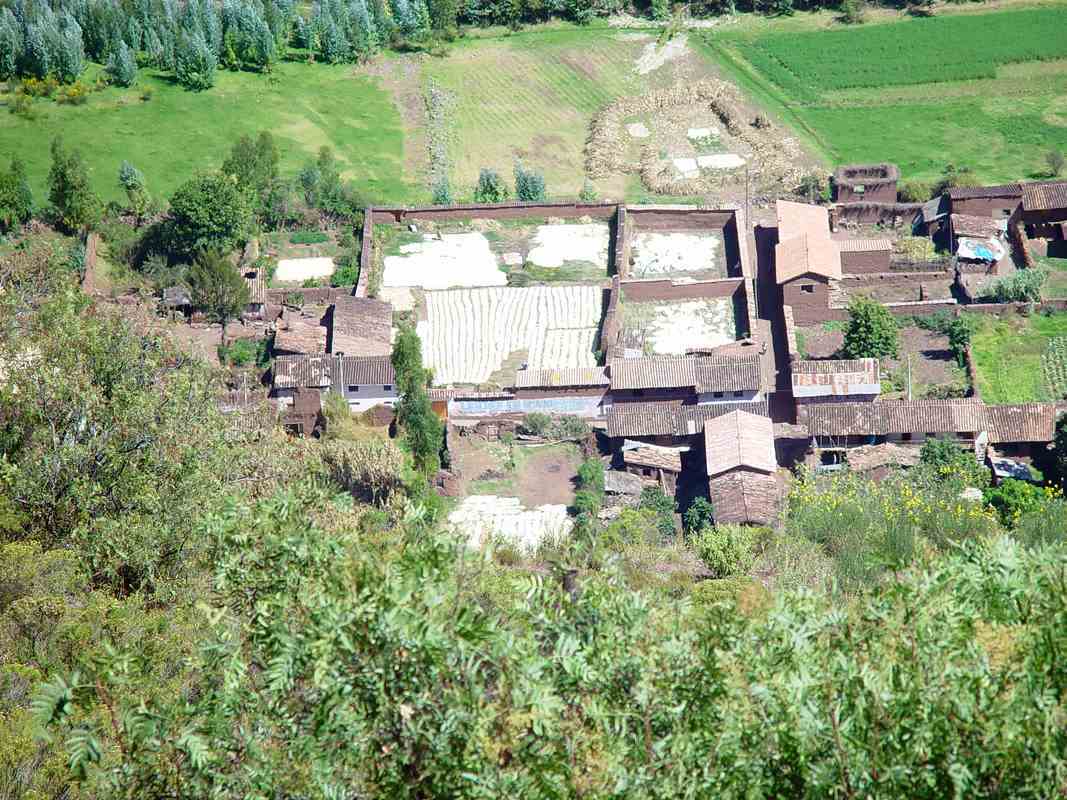
There are 458 varieties of potatoes grown in The Andes.
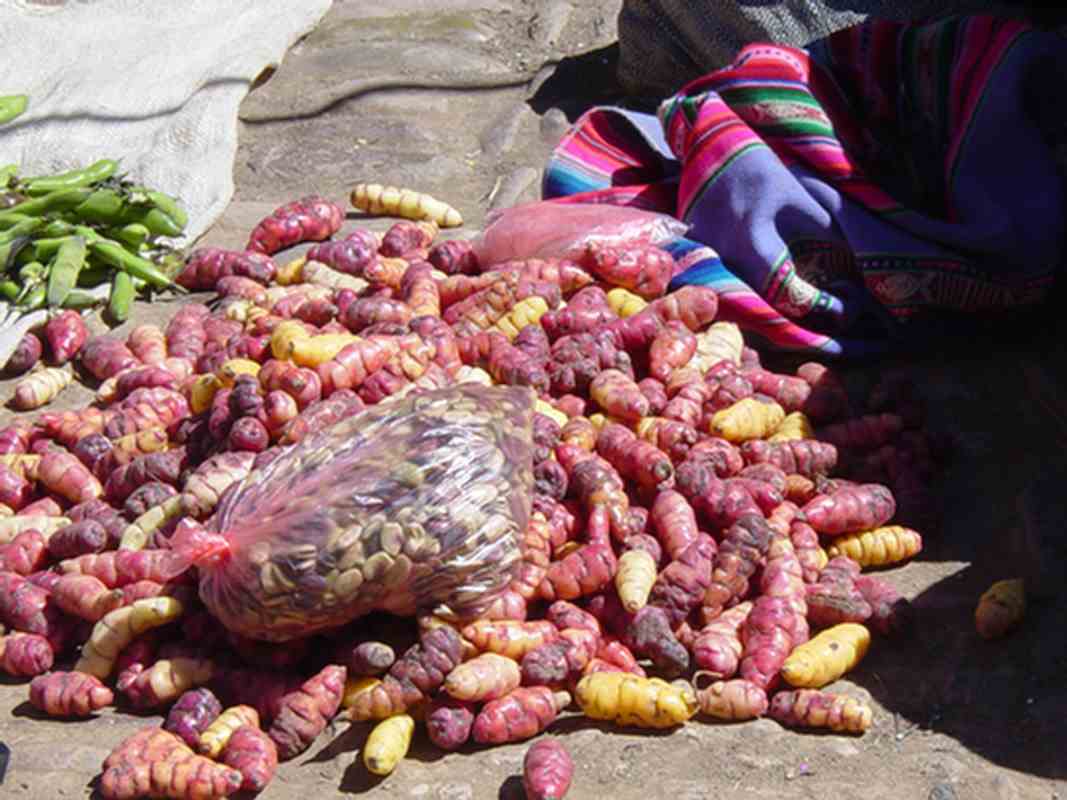
Ollantaytambo
About 70km from Cusco, Ollantaytambo was the royal estate of Emperor Pachacuti, who conquered the region,
and built the town and a ceremonial center.
At the time of the Spanish conquest of Peru, it served as a stronghold for Manco Inca Yupanqui, leader of the Inca resistance.
He fortified the town and its approaches in the direction of the former Inca capital of Cusco, which had fallen under Spanish domination.
In 1536, on the plain of Mascabamba, near Ollantaytambo, Manco Inca defeated a Spanish expedition,
blocking their advance from a set of high terraces and flooding the plain.
Despite his victory, however, Manco Inca did not consider his position tenable, so the following year,
he withdrew to the heavily forested site of Vilcabamba, where he established the Neo-Inca State.
The massive stones used to build the temples at the top of the fortress were quarried
from the mountainside 6km on the opposite side of the valley.
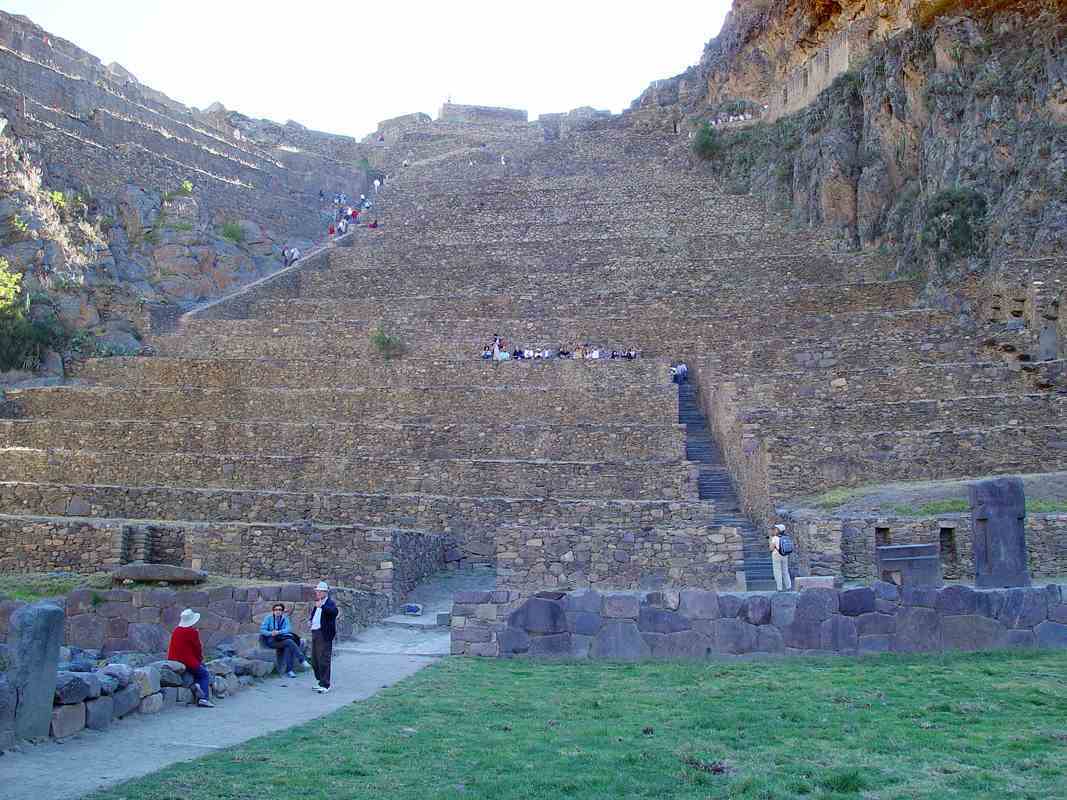

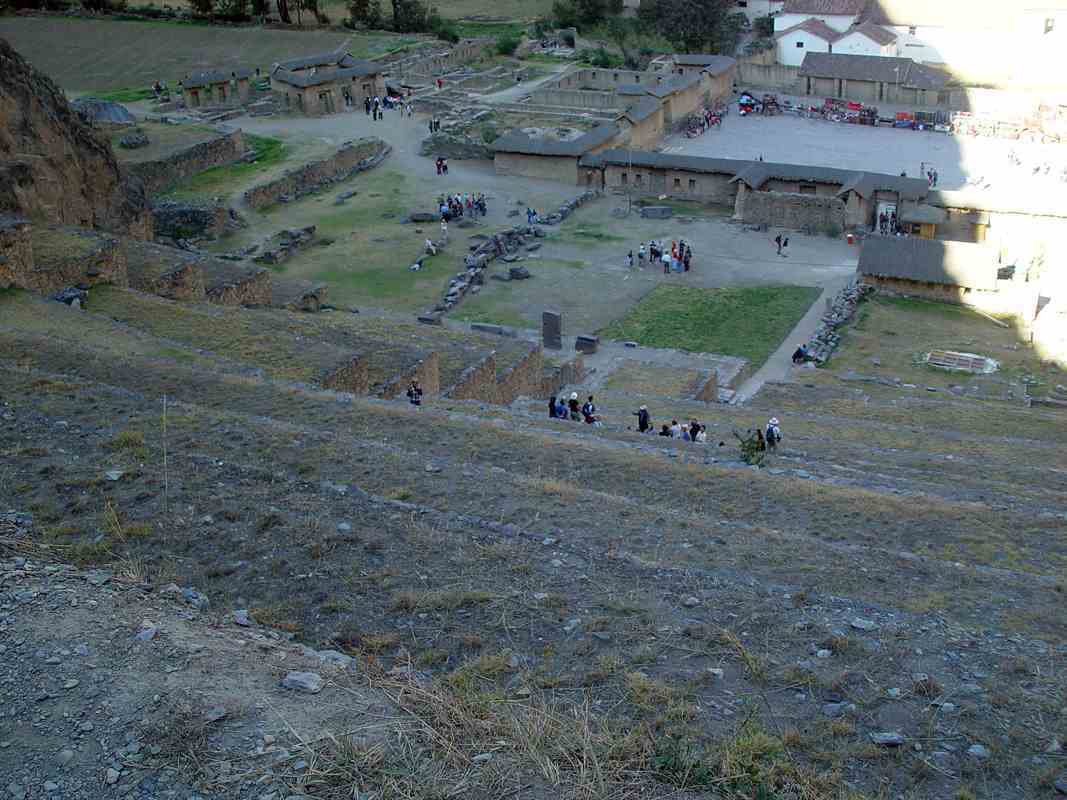
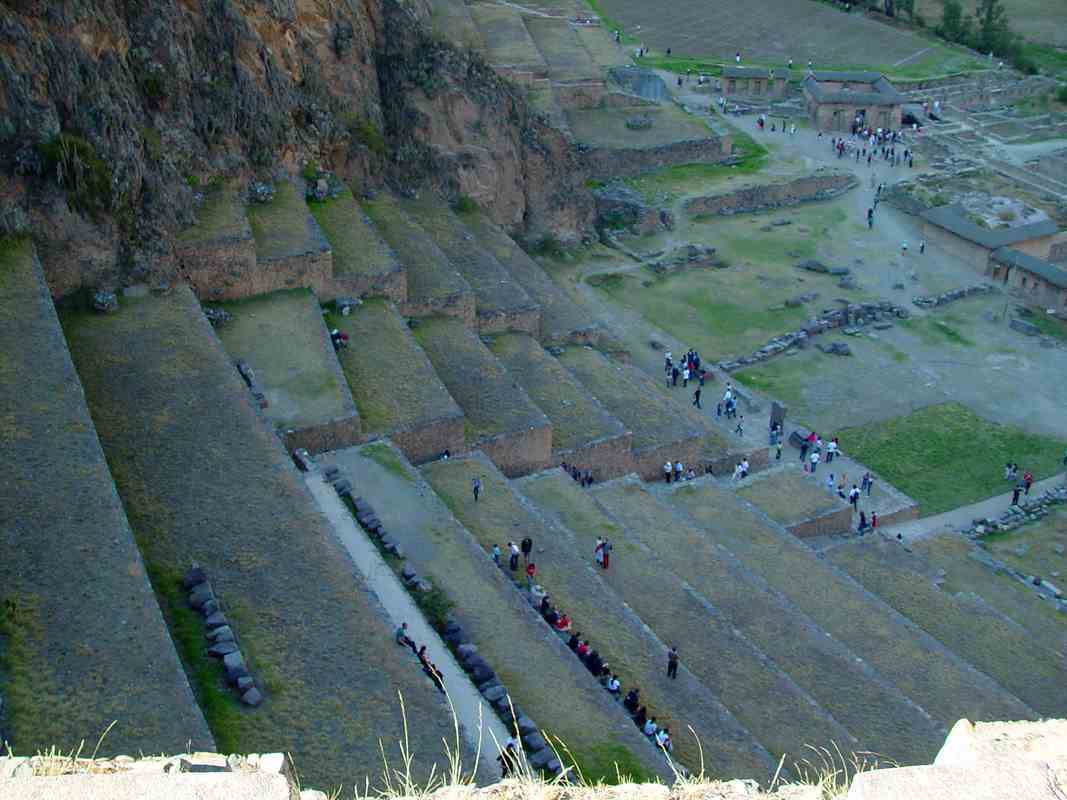
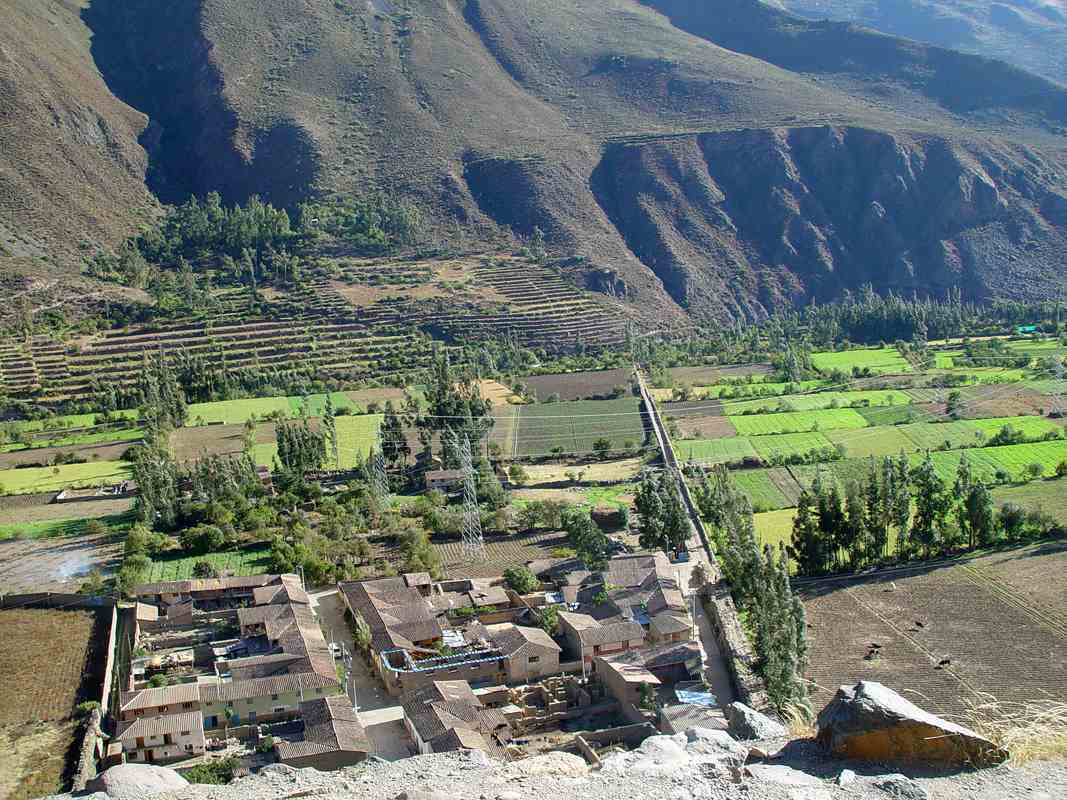
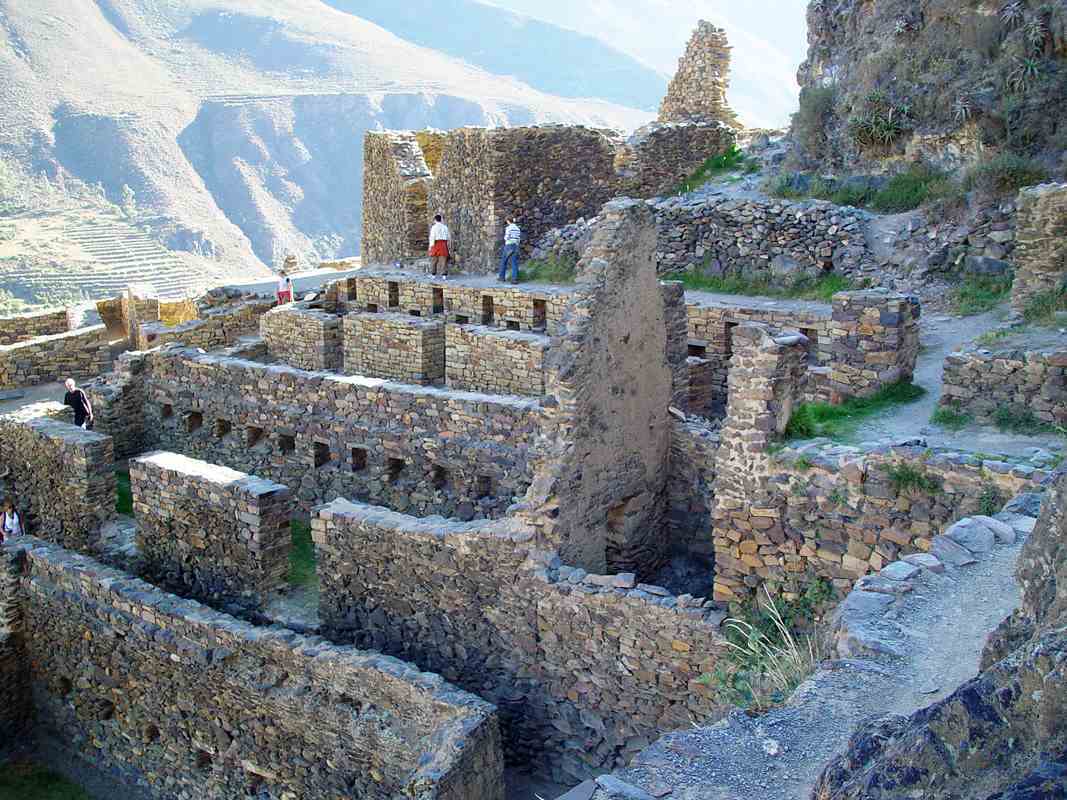
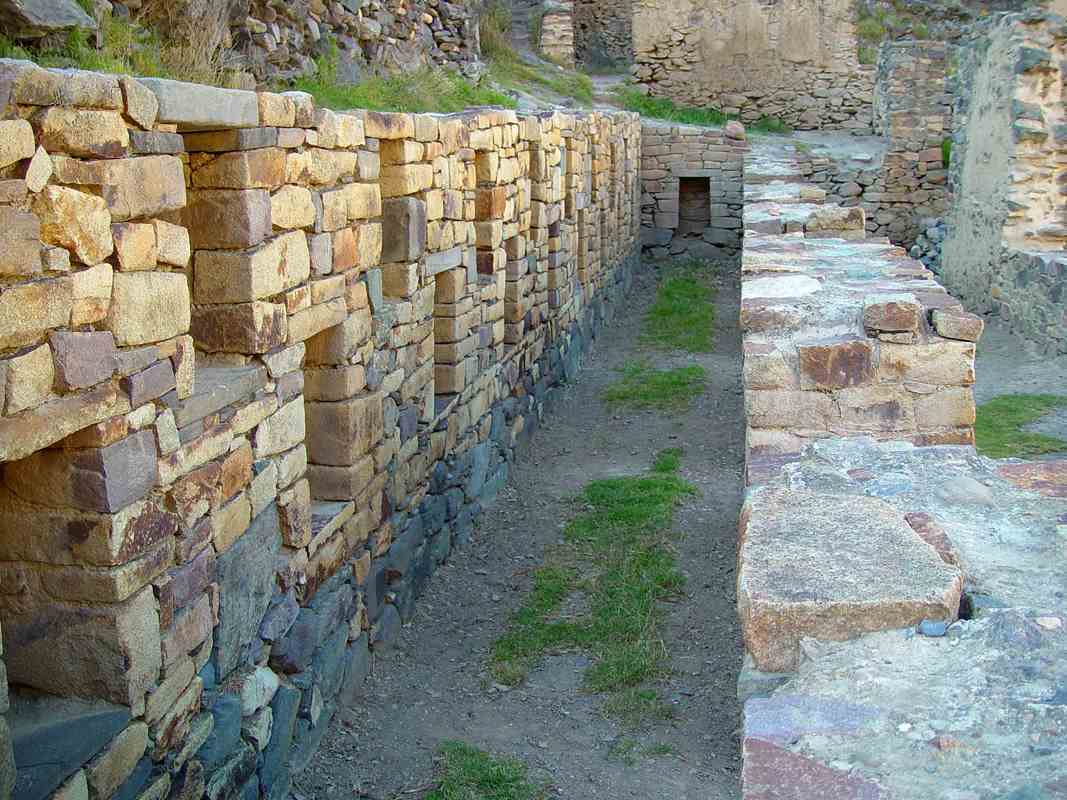
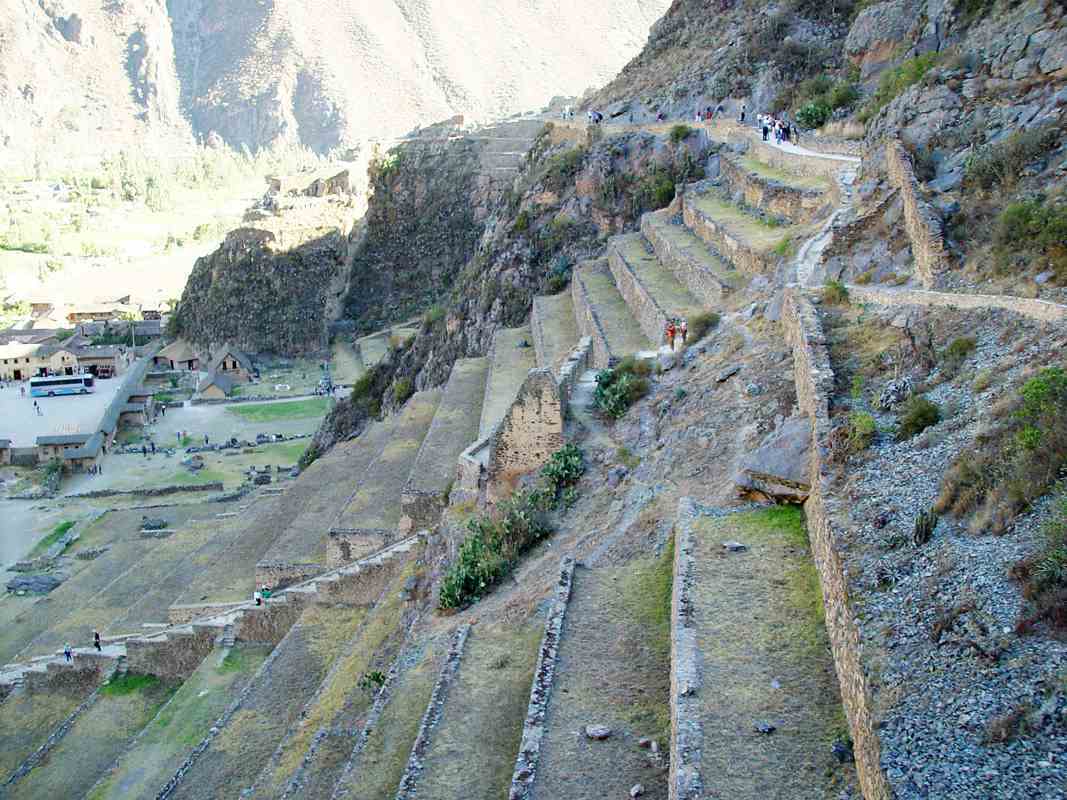
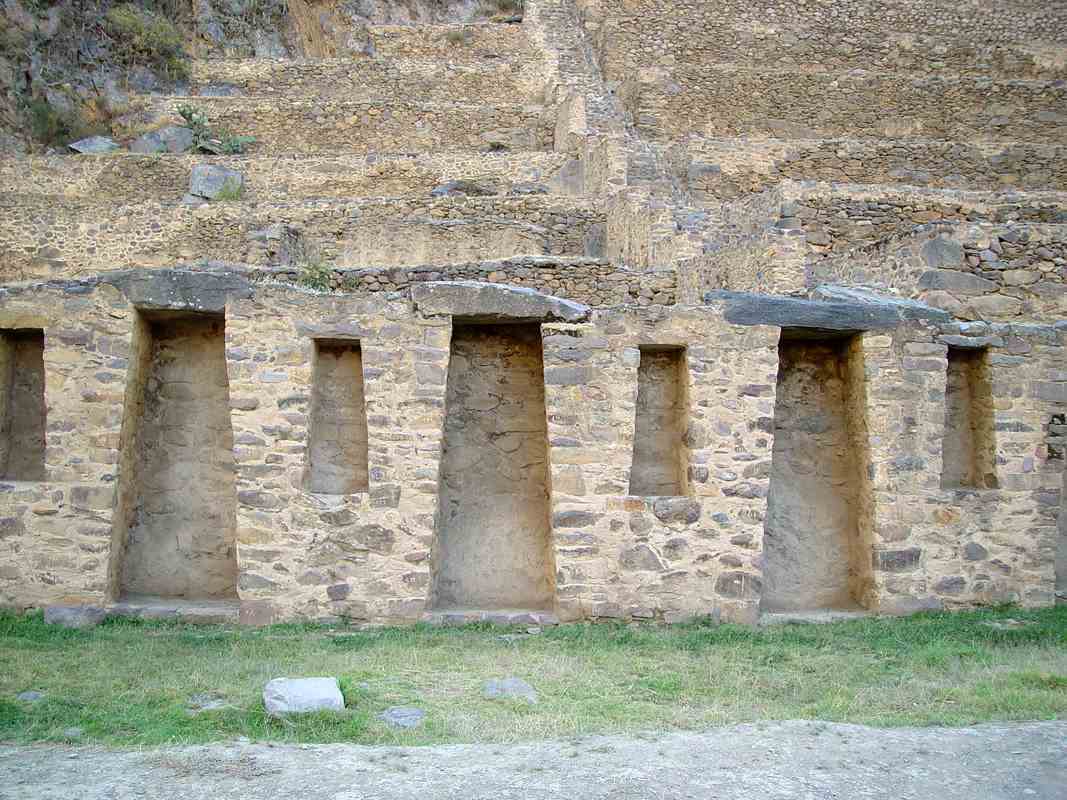
Modern buildings have been built on the Inca foundations in the village below Ollantaytambo.
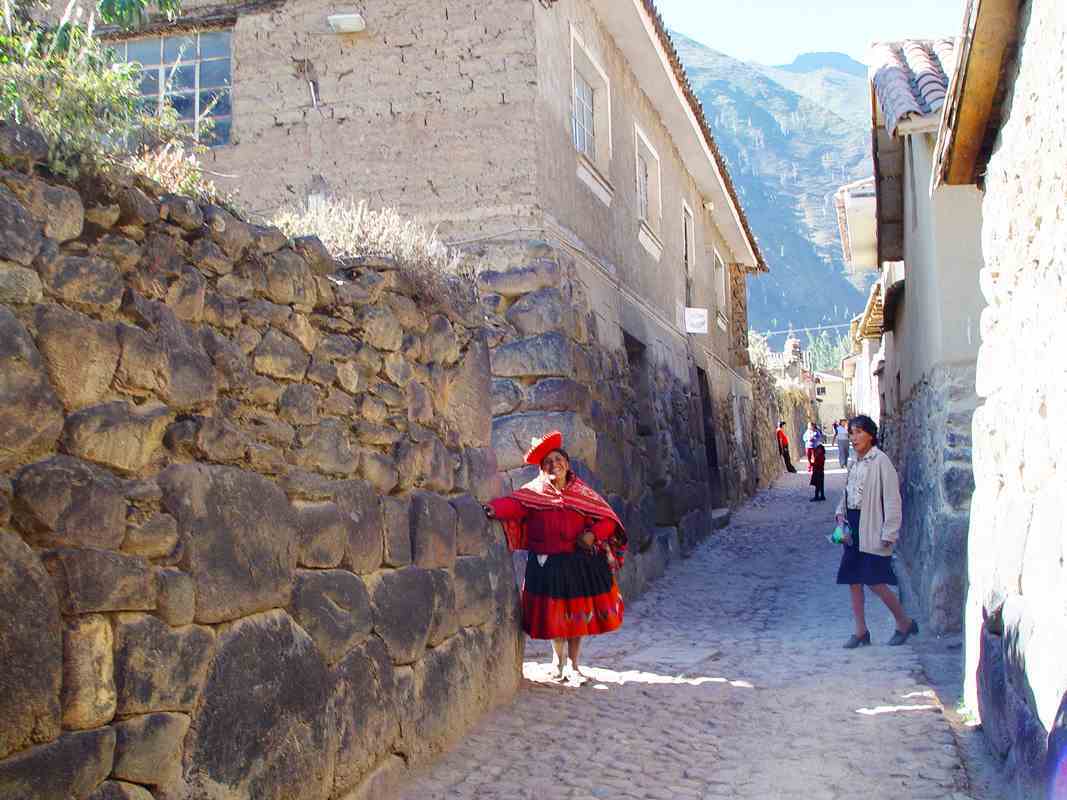
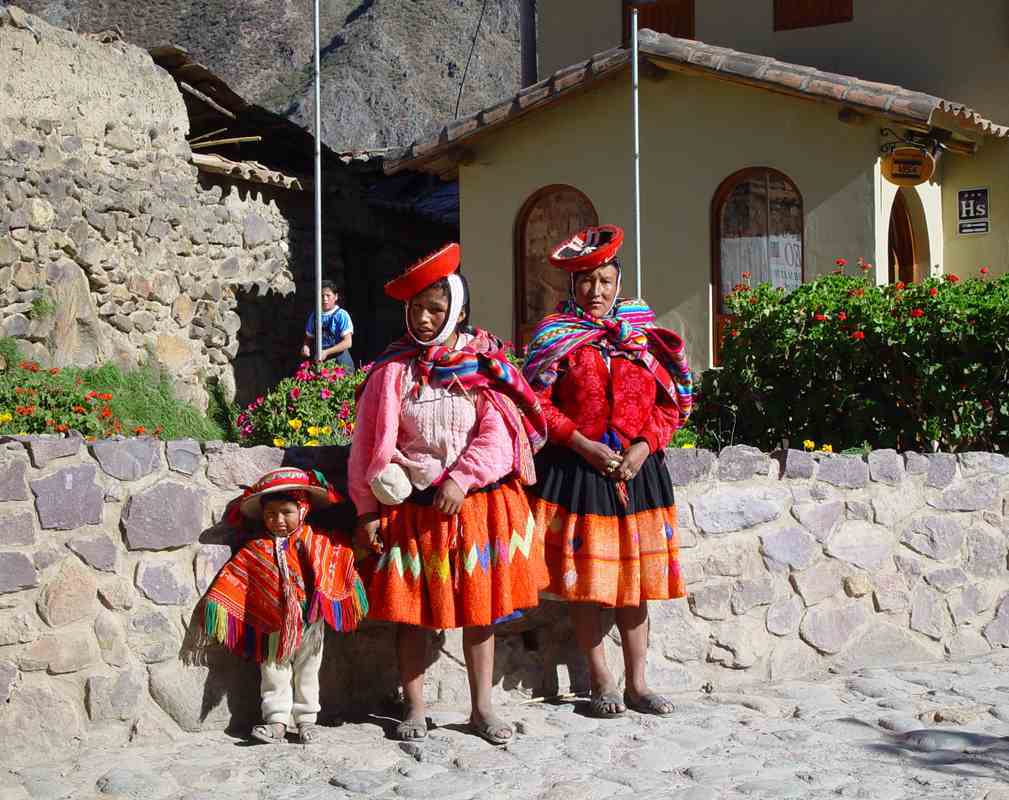
From Cusco we caught the train to Aguas Calientes for our visit to Macchu Piccu.
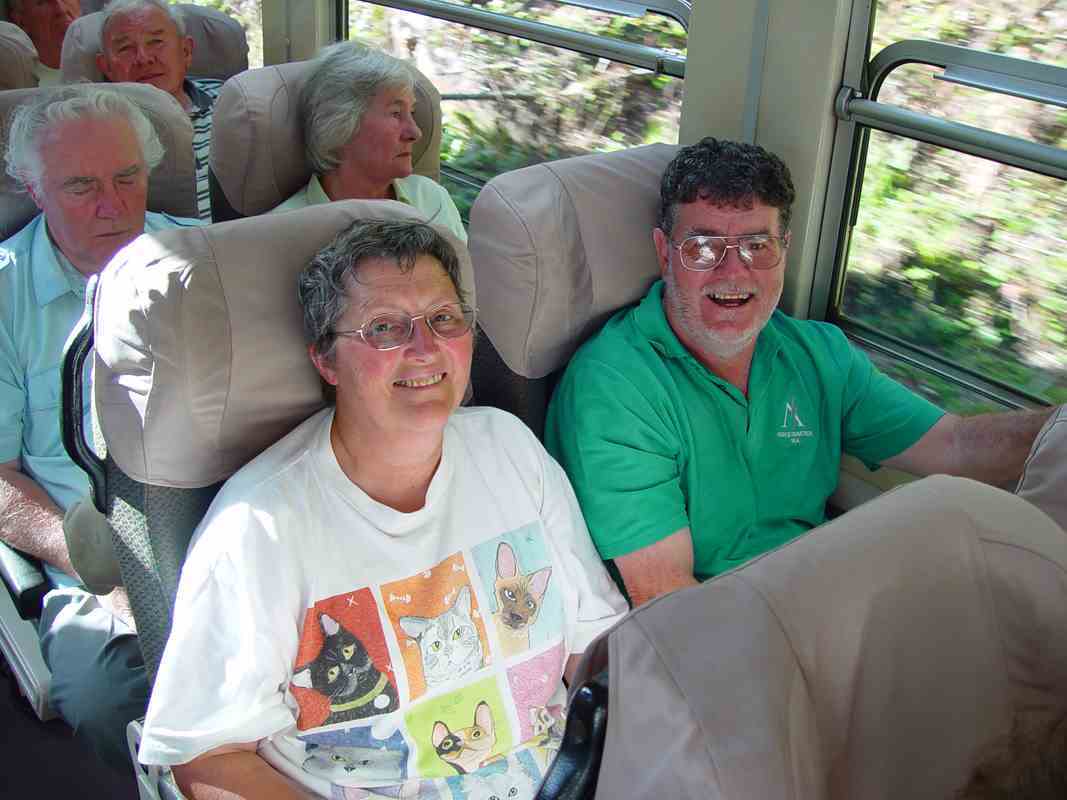
This fertile valley near Cusco is irrigated by the Urubamba River.
The Chanapata civilization first utilized this area starting at around 800 BCE because of the rich soil used for agriculture.
The Qotacalla civilization lived in the Sacred Valley from 500 to 900 CE.
The Killke civilization then lived in the Sacred Valley from 900 CE until the Incan Empire took over the region in 1420.
The Incan Empire ruled this area until the arrival of the Spanish.
The attraction of the Sacred Valley to the Inca, in addition to its proximity to Cuzco,
was probably that it was lower in elevation and therefore warmer than any other nearby area.
The lower elevation permitted maize to be grown in the Sacred Valley.
Maize was a prestige crop for the Incas, especially to make chicha, a fermented maize drink the Incas
and their subjects consumed in large quantities at their many ceremonial feasts and religious festivals.








Corn drying in the Sacred Valley
There are 458 varieties of potatoes grown in The Andes.

Ollantaytambo
About 70km from Cusco, Ollantaytambo was the royal estate of Emperor Pachacuti, who conquered the region,
and built the town and a ceremonial center.
At the time of the Spanish conquest of Peru, it served as a stronghold for Manco Inca Yupanqui, leader of the Inca resistance.
He fortified the town and its approaches in the direction of the former Inca capital of Cusco, which had fallen under Spanish domination.
In 1536, on the plain of Mascabamba, near Ollantaytambo, Manco Inca defeated a Spanish expedition,
blocking their advance from a set of high terraces and flooding the plain.
Despite his victory, however, Manco Inca did not consider his position tenable, so the following year,
he withdrew to the heavily forested site of Vilcabamba, where he established the Neo-Inca State.
The massive stones used to build the temples at the top of the fortress were quarried
from the mountainside 6km on the opposite side of the valley.
Modern buildings have been built on the Inca foundations in the village below Ollantaytambo.
From Cusco we caught the train to Aguas Calientes for our visit to Macchu Piccu.